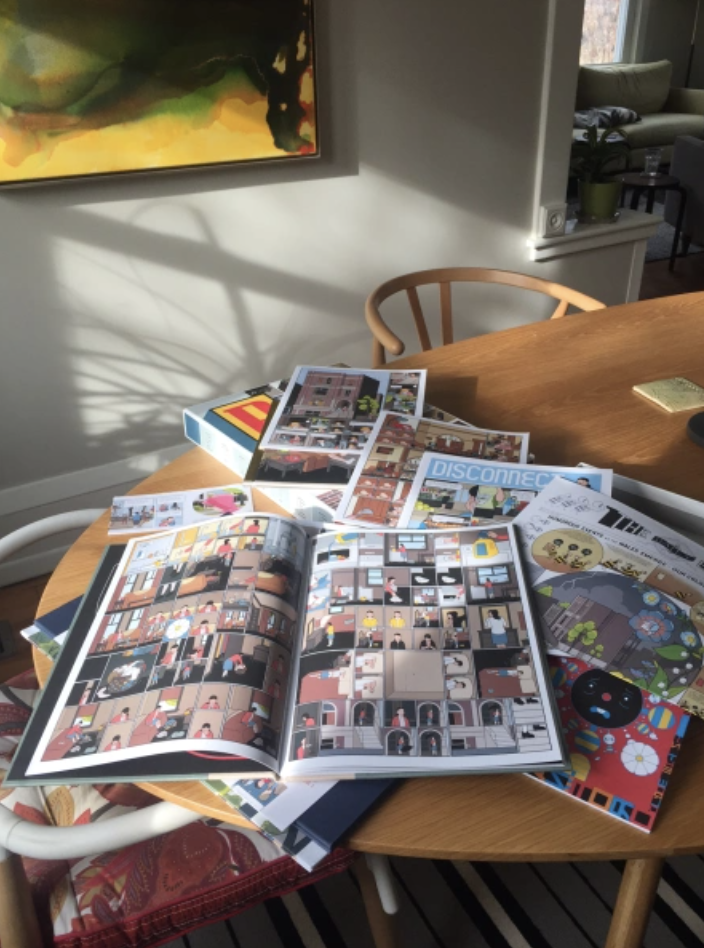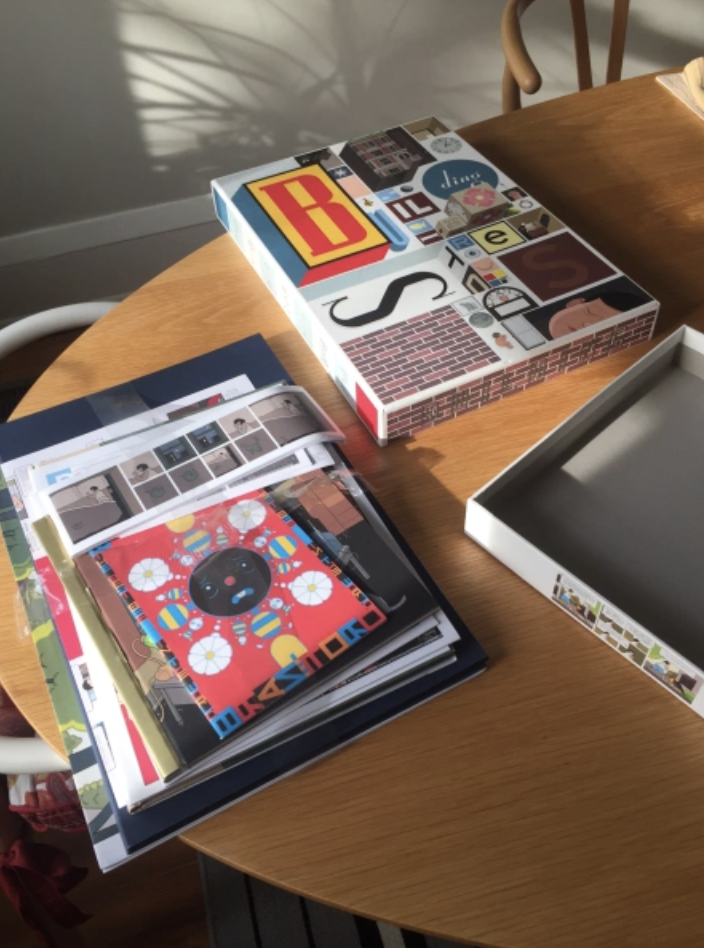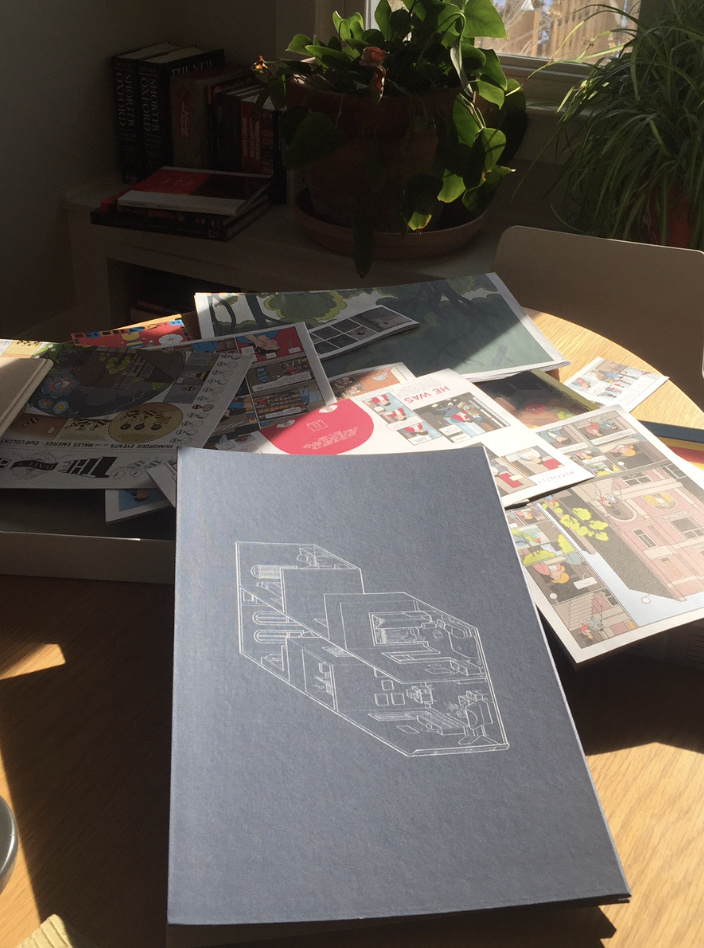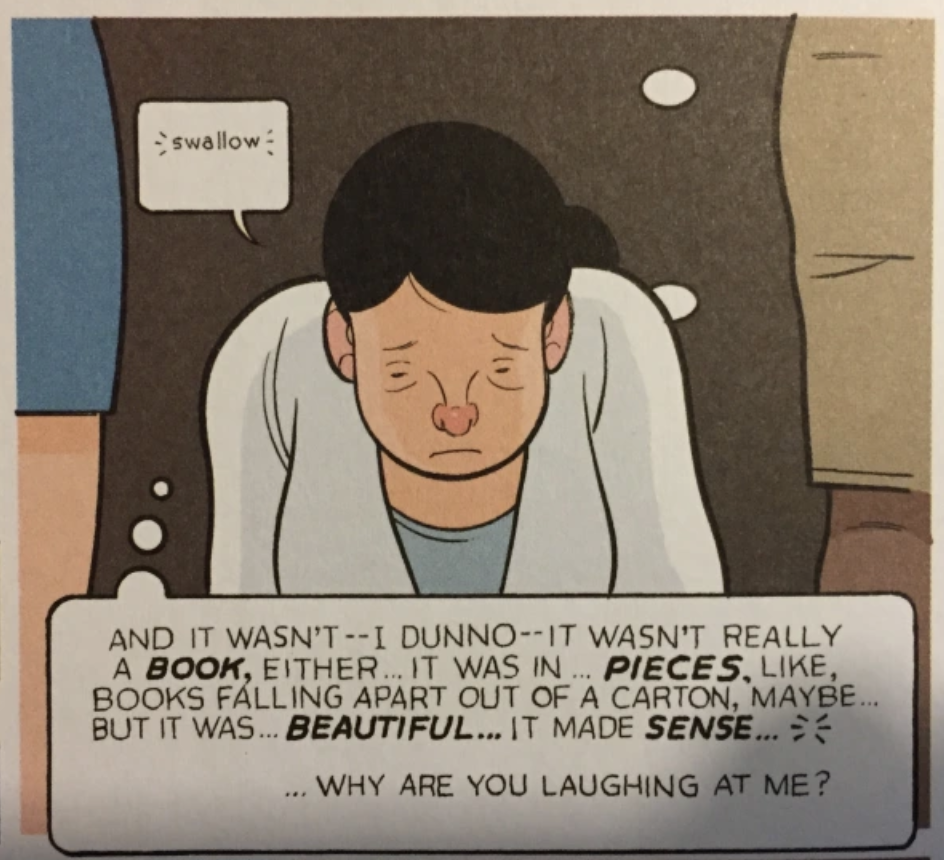Comics and Medicine 2017: Unpacking Building Stories
As anyone who reads my blog will know, one of my favorite annual conferences is the Comics and Medicine Conference organized by the Graphic Medicine collective. The reason I love this conference is that it brings together a diverse mix of people and projects: comics artists, health practitioners, and academics who teach and write about comics and graphic narratives. My recent work explores the conjunction of illness, thought, and activism in different times and places, and the Comics and Medicine Conference has shaped how I approach this conjunction.
This year the Comics and Medicine Conference is in Seattle and the theme is Access Points. The conference artwork was designed by ET Russian, artist, performer, and creator of the Ring of Fire zine, which is a remarkable document of queer/crip as a way of life.
I am presenting a paper called “Unpacking Building Stories at home and in the classroom.”
Chris Ware’s Building Stories is all about access, not as a condition of being but as a becoming that is enacted in everyday life through the interaction between bodies and environments. In this presentation, I consider Ware’s “building stories” as his title indicates we might, with building read both as: 1. a verb, emphasizing how stories are built and crafted; and 2. an adjective, suggesting the stories of a building, not simply those stories of its inhabitants, but stories that the building itself tells with a kind of agency that Ware seeks to give the reader access to through graphic form as much as through narrative. Building Stories tells the story of an unnamed disabled woman with a prosthetic leg, but the objects and spaces that surround and sustain her have a kind of agency too.
We can’t read Building Stories in a conventional way. The stories come in a box that we explore by unpacking its contents. The box contains several cloth-bound and stapled books, differently shaped and sized pamphlets, posters, a large folded board that opens into quadriptych of the building and its occupants, etc. The phenomenology of “reading” building stories is very different from the phenomenology of reading a typical book or comic book. In the process of exploring the contents, our taken-for-granted reading practices are challenged; we are made to feel both disoriented and invigorated in the process of unpacking. Building Stories was one of the required texts in my Cultures of Dis/ability class this past spring, and thus, I also discuss the phenomenology of unpacking Building Stories in relation to teaching the text. In teaching Building Stories I had students explore the text at home and in small groups in the classroom in relation to a larger discussion of how dis/ability is enacted in different spaces. In reading Building Stories in the classroom, we asked questions about access in terms of both the spaces that facilitate (or not) inclusion and participation and in terms of the stories we build in and about those spaces.




